Common Security Anti-Patterns:
Neglecting Essential Maintenance
In the field of cybersecurity, certain omissions can greatly weaken an organization’s security stance. One of the most common anti-patterns is the neglect of essential maintenance. This includes skipping basic upkeep tasks, disregarding backups, disaster recovery drills, and failing to update and patch software assets. Let’s explore these anti-patterns and understand how they can hinder security effectiveness and heighten organizational risk.
Skipping Basic Maintenance Anti-pattern
Basic maintenance activities form the core of a secure IT environment. These include regular system inspections, performance monitoring, and routine updates. When organizations neglect these fundamental activities, their systems remain vulnerable to unnoticed issues that can develop into significant security breaches. Consistent maintenance ensures optimal system functionality and the prompt identification and resolution of potential vulnerabilities.
Overlooking Backups & Disaster Recovery Drills Anti-Pattern
Backups and disaster recovery drills are vital elements of a comprehensive security plan. Ignoring these practices can lead to devastating outcomes. Without regular backups, organizations risk losing critical data in the event of a cyberattack or system failure. Disaster recovery drills prepare organizations to respond effectively to incidents, thereby reducing downtime and data loss. Neglecting these practices can result in prolonged recovery times and severe financial and reputational damage.
Skipping Software Updates & Patching on Assets Anti-Pattern
Keeping software updated and patched is crucial for protecting systems against known vulnerabilities. Cybercriminals frequently exploit outdated software to gain unauthorized access. By forgoing updates and patches, organizations expose themselves to preventable risks. Routine software updates and timely patch application ensure systems are safeguarded against the latest threats and that security flaws are promptly addressed.
Technical Architecture Anti-Pattern Considerations
A robust technical architecture is essential for maintaining security. This involves implementing multi-layered security measures, ensuring adequate network segmentation, and employing strong authentication mechanisms. However, even the best-designed architecture can be compromised if essential maintenance is overlooked. Regular reviews and updates to the technical architecture are necessary to adapt to emerging threats and maintain a resilient security posture.
Common Mistakes That Impair Security Effectiveness
· Lack of Regular Audits: Not performing regular security audits can leave vulnerabilities and compliance issues undetected.
· Poor Incident Response Planning: Without a well-defined incident response plan, organizations may find it challenging to handle security incidents efficiently.
· Ignoring Security Alerts: Dismissing or overlooking security alerts can allow threats to go unresolved, leading to possible breaches.
Conclusion
Neglecting essential maintenance is a prevalent security anti-pattern that can substantially raise organizational risk. By prioritizing basic maintenance tasks, routine backups, disaster recovery drills, and timely software updates and patching, organizations can improve their security posture and guard against evolving threats. A proactive maintenance approach is crucial for sustaining a secure and resilient IT environment.
If you want to avoid these common security anti-patterns or seek a proactive maintenance approach that’s critical for sustaining a secure and resilient IT environment, please contact Jadex Strategic Group. Our experts are dedicated to helping you implement best practices, conduct regular security audits, and maintain a robust technical architecture that can adapt to emerging threats. Partner with us to fortify your organization’s security posture and protect against evolving cyber threats.
Read More Posts ...
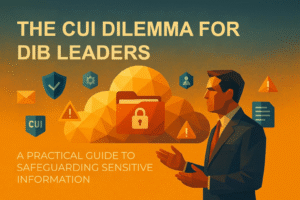
The CUI Dilemma for DIB Leaders

Paving the Way for Defense Contractor Success

The Future of Compliance

Cost of Poor Microsoft 365 Deployments

Why Small Doesn’t Mean Simple
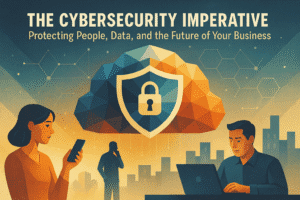
The Cybersecurity Imperative

Accelerating Enterprise Growth

Unlocking Excellence
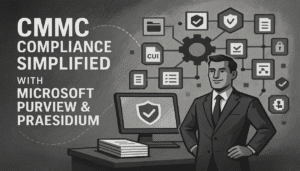
CMMC Compliance Simplified

The Value of Simplicity
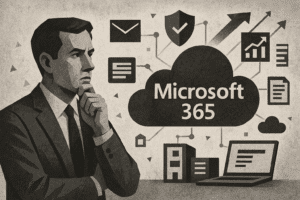
Rethinking Managed Services

Strategic Advantages of Cloud-Native Businesses
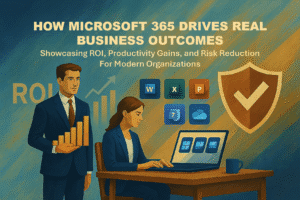
How Microsoft 365 Drives Real Business Outcomes

Lessons from the Ship to the Server Room

Simplify Compliance, Empower Your Business

Unleashing the Power of Content Management and Collaboration Tools with OneDrive & SharePoint Online
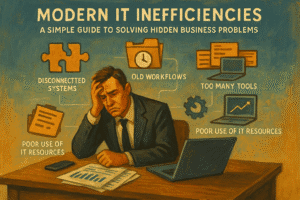
Modern IT Inefficiencies
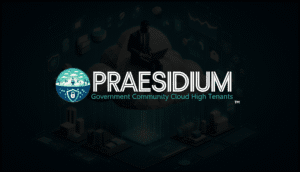
Internal IT vs. Outsourcing in the DIB

Shaped by Service: A Journey Through Business and Ethics

Empowering Your Business Through Strategic IT Simplification

Choose wisely: The role of device choice in cyber resiliency planning

Empowering Your Business with Tailored IT Solutions

On-device AI and security

Protect Your Most Valuable Asset

Safeguarding Data in Turbulent Times

Underutilization of Microsoft 365

Security Implications of Mass Linux Adoption

Addressing Vulnerabilities with Clear Solutions

What Sets Copilot Apart

Reflecting on Our Journey at Jadex Strategic Group

AI Security Essentials

Empowering High Performers: Strategies for Success in the Public Sector

Maximizing ROI with Microsoft 365 Copilot

Unlocking Business Potential with Jadex Strategic Group and Microsoft Cloud Solutions

The Crucial Role of Scoping

Context a vital role in Cybersecurity and IT Services

Revolutionizing Internet Access and Security with Entra and Global Secure Access

Outsourcing in IT and Cybersecurity: A Double-Edged Sword

The Ethical Approach to Content Marketing in Cybersecurity

Integration with Microsoft Over Vendor Agnosticism

Veterans Are the Hidden Gems of the Modern Workforce

Maximizing Microsoft 365 ROI

Unlocking Remote Work Success: The Critical Role of Defined Objectives

Rethinking the Return to Office: A New Perspective on Remote Work

CMMC Compliance with Microsoft 365

The Myth of Full Responsibility

Understanding Common Security Anti-Patterns: Poor Attention to Ongoing System Care

Understanding Common Security Anti-Patterns: Keeping Security Separate

Common Security Anti-Patterns: Handmade Security

Legacy Systems: A Drain on Resources

Common Security Anti-Patterns: Securing the Cloud as If On-Premises

Common Security Anti-Patterns: Neglecting Essential Maintenance

Enhancing Security and Compliance with Unified SaaS Solutions

Unveiling the Hidden Advantages: My Journey from U.S. Intelligence to Cybersecurity Leadership

